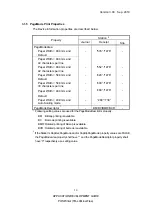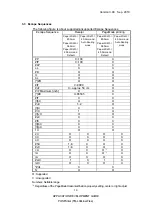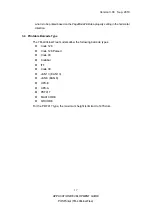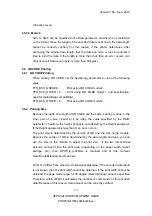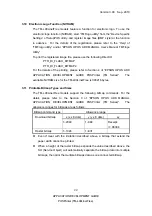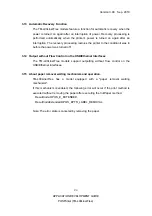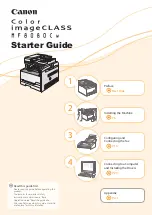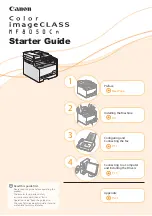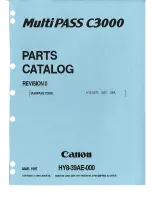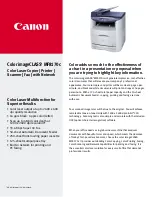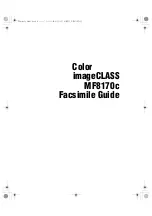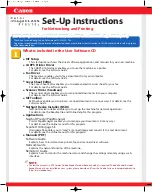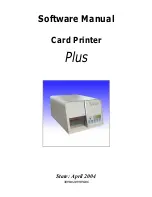
Version 3.00 Sep. 2019
19
APPLICATION DEVELOPMENT GUIDE
POSPrinter (TM-L90LinerFree)
The primary message part contains the following data.
"Postal Code" GS "ISO Country Code" GS "Service Class Code" GS
Field Length
(byte) Type
Postal Code
1 to 9
Number (0x30 to 0x39)
ISO Country Code
1 to 3
Number (0x30 to 0x39)
Service Class Code
1 to 3
Number (0x30 to 0x39)
For the secondary message, you can freely specify any data from 0x01 to 0xFF,
and the data can be omitted. Since the length of the encoded data is not known,
the data length cannot be correctly verified. For this reason, if the printer
determines, after examining the original data length, that the data can more or
less be printed, it tries to print the data; if the length is more than that, then an
error occurs. (For the secondary message, an error occurs if the data length is
more than 70 bytes.)
3.5.4.2 Mode 3
In the case of mode 3, except for the format of the primary message, it is same
as mode 2. The primary message of mode 3 has the following type of data.
"Postal Code" GS "ISO Country Code" GS "Service Class Code" GS
Field Length
(byte) Type
Postal Code
1 to 6
Number (0x30 to 0x39)
A-Z space "#$%&'()*+,-./
ISO Country Code
1 to 3
Number (0x30 to 0x39)
Service Class Code
1 to 3
Number (0x30 to 0x39)
3.5.4.3 Modes 4 and 5
0x01 to 0xFF can be specified to the Data parameter, and there is no restriction
on the format. Since the length of the encoded data is not known, the data length
cannot be correctly verified. For this reason, if the printer determines, after
examining the original data length, that the data can more or less be printed, it
tries to print the data; if the length is more than that, then an error occurs. (An
error occurs if Data is zero byte or more than 80 bytes.)
Mode 4 differs from mode 5 in the error correction level. As much as possible,
OPOS uses the higher error correction level. Therefore, if the data amount is
small (less than 50 bytes), OPOS uses mode 5 (the one with a higher error










